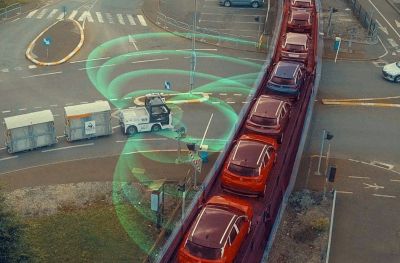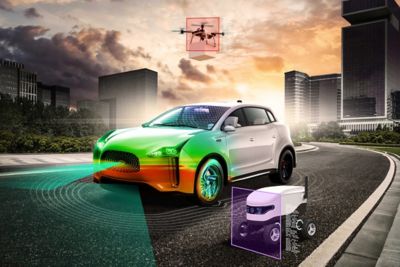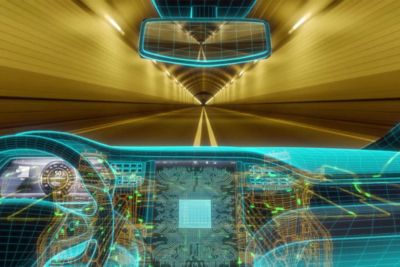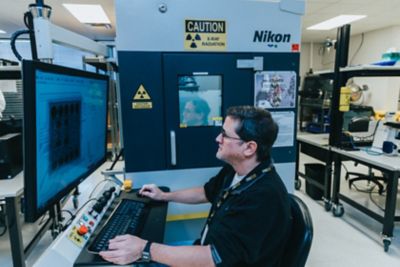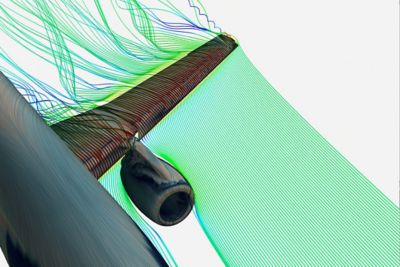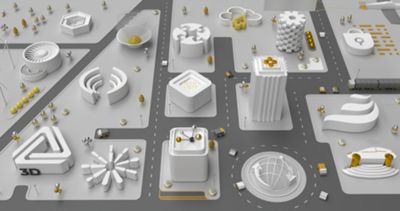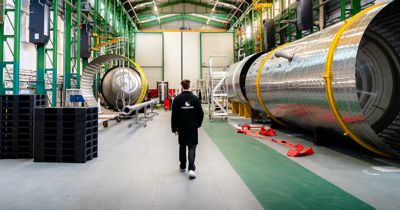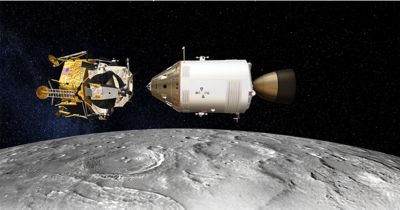Before a rocket launches or a satellite reaches its destination in low Earth orbit (LEO). Before a rover lands on the Moon or an unmanned spacecraft begins its journey to the far reaches of our solar system. Before any of these missions begin, the engineers and researchers at the heart of these projects must undertake space mission analysis and design (SMAD).
SMAD encompasses all elements of a space mission, from the requirements and mission parameters to the vehicle design, technology used, and testing. At its core, the goal of SMAD is to achieve mission objectives while reducing costs and risk. This is incredibly important because space missions are becoming increasingly complex, lengthy, and expensive.
“Even a small space mission can cost hundreds of millions of dollars and take many years to complete,” says Jim Wertz, president of Microcosm Inc. and adjunct professor of astronautics at the University of Southern California.
To illustrate the importance of SMAD in saving costs, Wertz shares an example of replacing a malfunctioning satellite. One way that companies can prepare for a malfunctioning or failed satellite is by having a spare satellite already launched into orbit. However, if the failed satellite is located in an orbit far away from that of the spare satellite, engineers would have to change the spare’s orbit to effect replacement.
The issue here is that the delta-V, or a change in velocity, which is directly related to fuel use, required to achieve this is very large once a satellite is in orbit. “Going from an equatorial orbit to a polar orbit, for example, takes more delta-V than it took to get to orbit in the first place,” says Wertz. As a result, it becomes very difficult and perhaps even prohibitive to move the spare satellite. Instead, “it makes a great deal of sense to leave the spacecraft on the ground and have a rapid and responsive launch capability,” says Wertz.
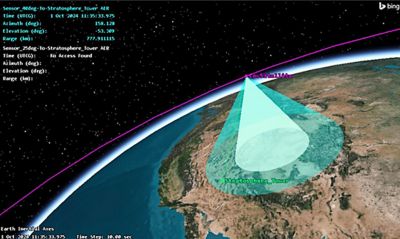
Simulation results analyzing sensor fields of view
SMAD serves as a way to analyze situations like these and determine the most efficient path forward — before making a choice that could cost millions of dollars.
While innovators continuously push the boundaries of what is possible in space, they must overcome challenges throughout all areas of SMAD. These are some examples of key challenges throughout the analysis and design process.
- Launch to orbit: Determining the best orbit to achieve your mission, figuring out the complexities of satellite constellations, and timing your launch
- Vehicle design: Designing vehicle hardware and software that can withstand the harsh radiation and thermal environment of space
- Space operations: Dynamically gathering real-time data on the environment that you will be operating in to ensure collision avoidance
- Systems engineering and design reference mission (DRM): Accounting for all systems and the operating scenario in a system-of- systems context that accounts for factors such as terrain and weather, as well as how these factors interact and change
- Communications systems: Ensuring that increasingly complex space mission communication systems are reliable and can achieve near-real-time communication between in-orbit spacecraft and between in-orbit spacecraft and Earth bases
- Payloads: Designing payloads that can accommodate a variety of missions and orientations
- System test: Minimizing the need for expensive physical tests that can be prohibitive or impossible to achieve on Earth
Adding to the complexity of SMAD is that “the government has a tendency to do its own mission analysis and design, which doesn’t allow much room for companies to come in and make suggestions,” says Wertz. This minimizes the ability of the broader community to share its inputs and innovate together.
Understanding Simulation Software’s Role in SMAD
Engineers in the space industry have many challenges to overcome throughout all areas of the analysis and design process. However, in space, failure is not an option. Due to the time and costs needed to actualize a space mission, there is intense pressure to ensure that the mission design is right the first time. Companies in the space industry must invest heavily in ensuring that all design elements are thoroughly analyzed and optimized.
That’s where simulation comes in. “I am more dependent than I ever have been on simulation and mission modeling,” says Wertz. With simulation software, engineers can rapidly perform the analyses they need with reduced risk when compared with the extremely large number of resources that go into a physical test in space. “A simulation I can do relatively quickly, maybe in a matter of a few months, and it dramatically lowers the cost,” says Wertz. “Both the simulation and the analysis that goes with it obviously helps enormously.”
As an example, Jim Woodburn, Ansys Fellow, shares the problem of determining where to place an antenna on a spacecraft to enable communication with ground stations on Earth. While the solution to this problem may be straightforward if you are dealing with a satellite in LEO or geostationary orbit with a side that always faces the Earth, other mission profiles may prove to be more challenging.
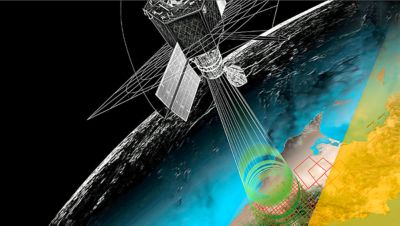
“Consider a more complicated example where the spacecraft is on its way to the Moon and needs to change its orientation along the way to keep critical instruments from pointing at the Sun or to distribute heat,” says Woodburn. “Using Ansys simulation software, we can model all of these conditions, along with potential antenna placements, to see when each potential configuration might be precluded from talking with the ground.” This isn’t all that simulation can determine, either.
“We can also investigate predicted temperature profiles across spacecraft components, the amount of sunlight hitting the solar panels, which affects power generation, and possibilities for radio-frequency interference,” says Woodburn.
Consider developing a large satellite constellation. Designing large collections of cooperating satellites involves determining:
- What the mission requirements are and the value added by each part of your constellation
- How you can achieve your goals and what technology will be used
- What coverage and timing you will need to achieve your goals
- Where you will want to deploy this constellation, which will affect the functionality and radiation levels
- What your budget is and how many satellites you can afford
- How many launches you are using to deploy your satellites, as well as the planned trajectory of those orbits
- How you will avoid collisions
- What your plan for satellite end-of-life entails
- How you are developing potential redundancies for individual satellite failure
With Ansys simulation software, engineers can perform the calculations needed to answer these questions efficiently and without sacrificing accuracy. For example, simulation software can help determine the fewest satellites that engineers can deploy to achieve their mission goals, saving costs and time. Engineers can also find the best altitude while accounting for the consequences of altitude selection (for example, a higher altitude may have better coverage but greater latency), radiation (which will differ depending on the altitude and where you are in relation to the Van Allen radiation belts), and more.
Engineers can enter inputs describing candidate mission profiles and spacecraft components into validated Ansys models. Ansys simulation tools are then used to generate outputs that describe the performance of the system under a prescribed set of conditions.
These outputs can then be vetted against mission requirements and weighted as part of iterative trade studies to efficiently find optimized configurations.
Of course, this is just a small part of what Wertz describes as “the complex problems that we hope to solve by doing better simulations and more complex and involved modeling of spacecraft.”
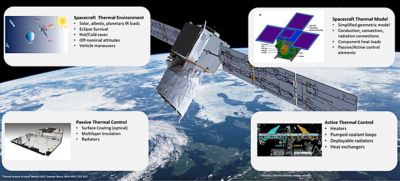
Exploring vehicle thermal considerations in space
Planning for the Stars: What’s Next for SMAD
The rise of commercialization in the space industry is a core driver of several industry trends that will continue to affect SMAD.
For instance, take lunar and cislunar missions. In addition to governmental missions like the NASA Artemis program, many commercial lunar missions are on the horizon. “With the Artemis program, we are seeing a huge increase in interest in missions to the Moon and to cislunar space,” says Woodburn. These missions are sparking commercial interest, with Wertz sharing that they can be near term and generate profit and real-life income.
As for the role of SMAD here, “the trajectories involved in these missions tend to be more exotic than those used by near-Earth missions and require more advanced analysis tools to take advantage of the low-cost orbital connections available when more gravitational bodies are involved,” says Woodburn.
Commercialization is also a driving factor in modern satellite design, which includes an increased reliance on small, low-cost, and low-weight satellites. Additionally, autonomous technology may be of increased importance to SMAD in the future.
“I also believe that the age of autonomous spacecraft is right in front of us,” says Woodburn. “The increase in onboard computational power, the use of in situ measurements for navigation, and the rapid development of AI/ML-based mission planning and anomaly resolution strategies all point to future spacecraft having much less reliance on the ground to perform their missions.” Woodburn also shares that rideshares are another concept that may become more popular in the future to drive down launch costs and increase access to space.
When determining if these technologies are feasible for a specific mission, engineers can rely on SMAD and Ansys simulation software to perform comprehensive analyses that will help power the next generation of space missions.
For those looking to join or grow in this field, Wertz encourages you to consider the big picture and the broad trends occurring throughout the space industry.
Learn More
Learn more about Wertz’s views on the future of space.
Get a sneak peek at the Ansys Space documentary “Simulating Space.”
Just for you. We have some additional resources you may enjoy.
“I am more dependent than I ever have been on simulation and mission modeling. … Both the simulation and the analysis that goes with it obviously helps enormously.”
— Jim Wertz, president, Microcosm Inc.
